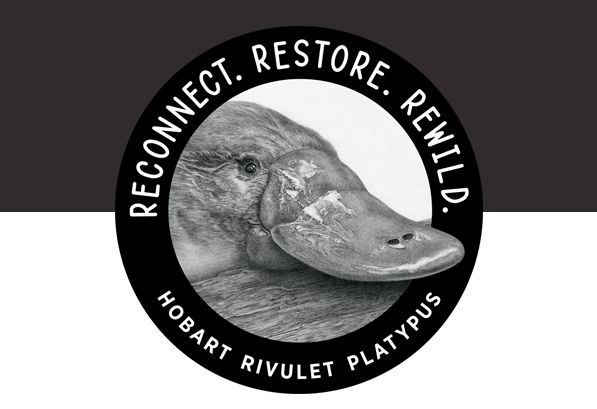Is your legacy that you lived and enjoyed nature, or lived and cared for nature?
Is your legacy that you lived and enjoyed nature, or lived and cared for nature?
Dedicated to the conservation and protection of Hobart Rivulet platypuses minanya kitina larila*
“I am only one, but I am one. I cannot do everything, but I can do something. And because I cannot do everything, I will not refuse to do the something that I can do.”
― Edward Everett Hale
Actions we take on behalf of our monotreme friends include:
Monitoring Hobart Rivulet platypuses
Monitoring Hobart’s urban platypus population is central to our conservation mission. We combine extensive fieldwork with Platycam, our 24/7 network of trail cameras, to keep a constant watch over the waterways.
Rescuing Platyus Entangled in Looped Litter
We provide swift assistance to Hobart Rivulet platypus entangled in looped litter. This prevents unnecessary suffering and keeps platypus in their natural habitat rather than requiring rehabilitation. View our Platypus Rescue & Entanglements timeline.
Raising Community Awareness
@hobartrivuletplatypus runs ongoing community engagement and awareness campaigns including:
- Social media feeds on Facebook, Instagram, Reddit and Youtube.
- Community art projects including the South Hobart platypus mural and signal box art.
- Community Information Sessions
- Seize it, Snip it, Bin it! looped litter campaign
- School Visits
Conducting Waterway Clean ups
Sometimes it’s simple as picking up rubbish! We have a permit from the City of Hobart to enter the waterway to collect rubbish, including immediately after storm events.
Visiting Schools
Empowering the next generation of nature guardians is critical to the future of all living things. In 2023 we began rolling out the Seize it, Snip it, Bin it! looped litter campaign, along with our School Program. We encourage kids to take direct action around the problem of looped litter in Hobart’s waterways.
Working with Local Government
We work closely with the City of Hobart on matters related to platypus and the waterway, including:
- Upgrade of McRrobies Outfall
- Improvement of Boulder Trap Management
- Installation of Interpretive Signage
- Burrow protection during Willow removal
- Planning and actioning of works in and around the waterway
Collaborating with Platypus Experts
We share our monitoring data with the wider scientific community, including the Australian Platypus Conservancy, ensuring our findings contribute to national conservation efforts.
Partnering with Like Minds
We partner with, and provide resources to, like minded organizations such as World Wildlife Fund and the Australian Conservation Foundation.
Documenting the lives of Platypus in the Wild
Our advocacy work forms the basis of the ABC/PBS docu-fiction The Platypus Guardian . We are currently working on Becoming Platypus, a short form film set to be released in 2026 fingers crossed!
Revegetating
We work with local stakeholders to revegetate strategic habitat.
Getting the story out there!
- Radio spots
- TV News
- Newspapers & magazines
Hobart Rivulet Platypus was founded by Pete Walsh in October 2020.

